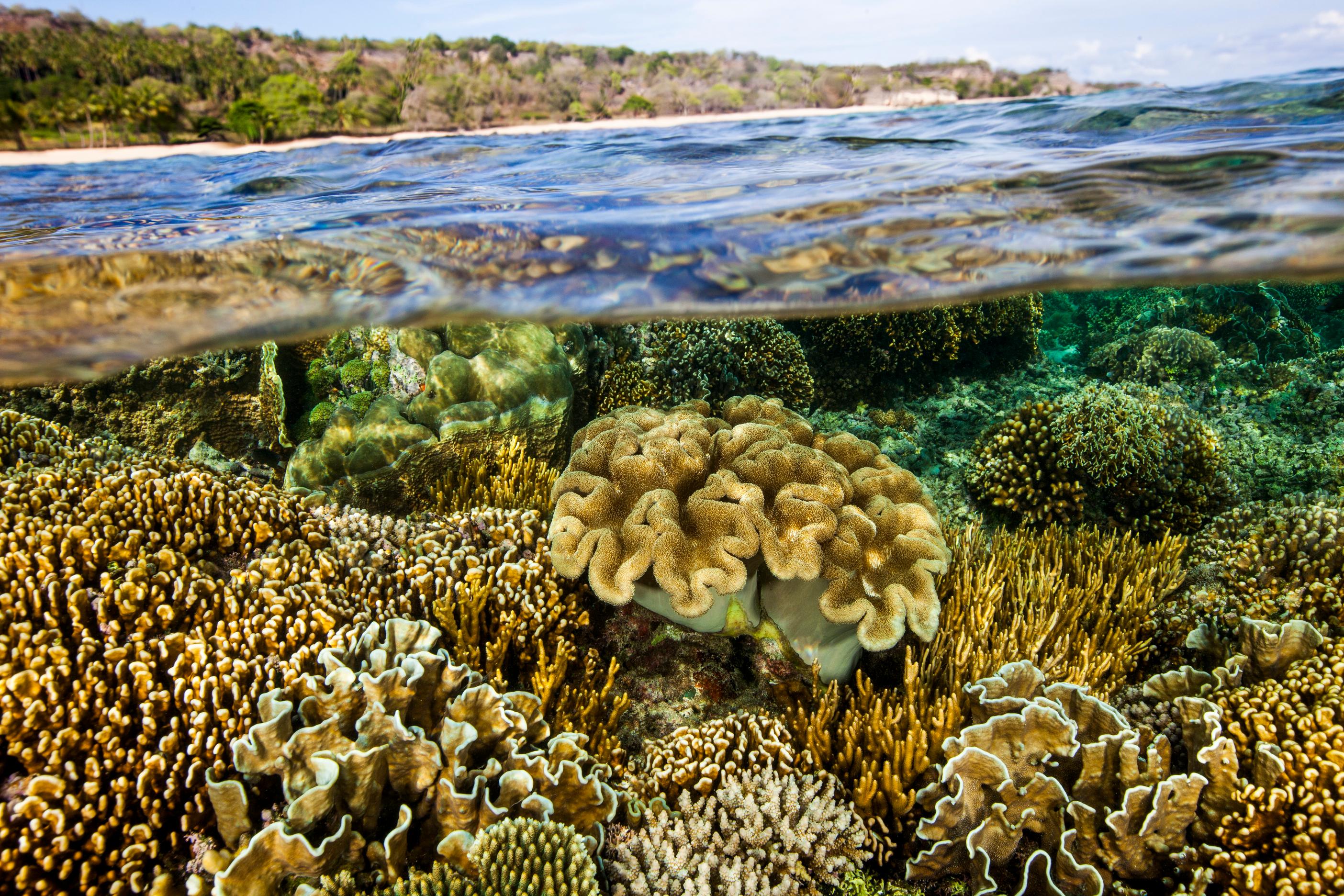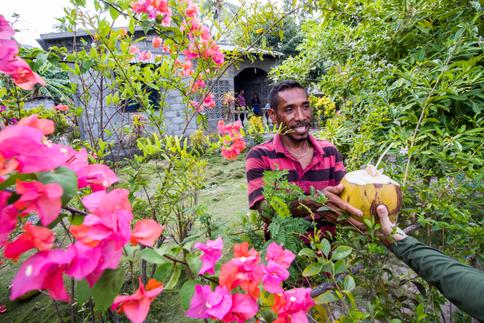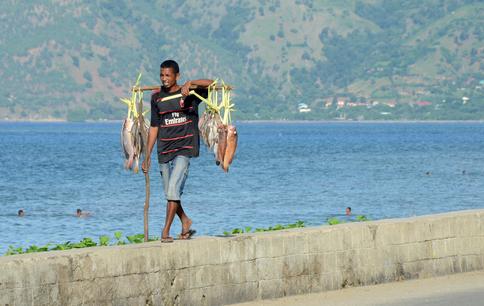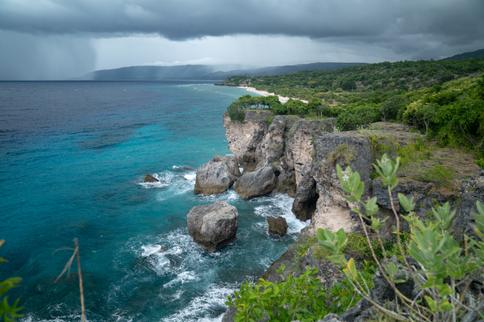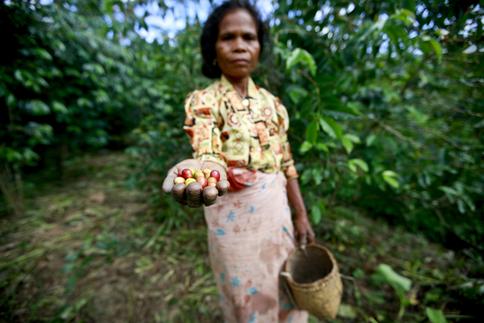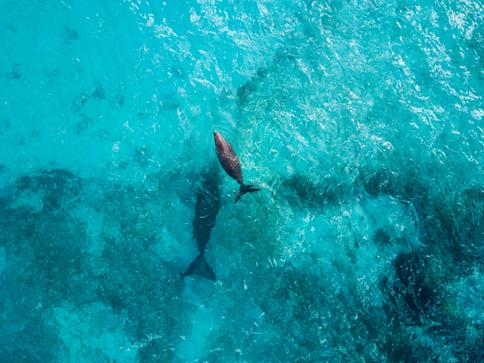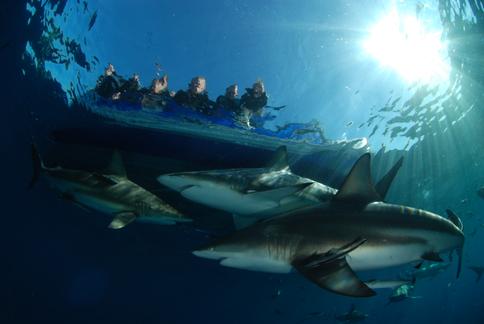As one of the youngest nations on Earth, with a median age of 19, Timor-Leste faces major development challenges. Yet with this comes a unique opportunity to forge an innovative and sustainable development pathway based on nature.
Recent biological surveys led by Conservation International have found Timor-Leste to possess some of the most biodiverse waters in the world. It's home to some 400 reef-building coral species, comparable to that of Australia’s Great Barrier Reef. Plus one-third of the world’s whales and dolphin species, as well as a population of endangered dugong can be seen close to shore. New species of fish, coral, orchids, gecko, and skink have been recently discovered, and much more remains to be explored.
Timorese depend on nature. Agriculture, fisheries, and forestry provide subsistence and employment to around 80% of the rapidly-growing population. Yet less than 0.02 percent of national spending is attributed to protecting and managing the environment due to its commitments to other pressing needs such as health, education, and infrastructure.
With expansive healthy reefs, beautiful forests and fascinating animals Timor-Leste holds great potential for sustainable tourism which would bring with it needed jobs and income as well as greater value for well-managed conservation areas.
Conservation International is working directly with communities, and local and national governments, to put the building blocks in place for a national protected area system. This will underpin sustainable development based on conservation and wise management of its natural wealth.
Timor-Leste must protect its magnificent biodiversity and vast natural resources to secure its future.
